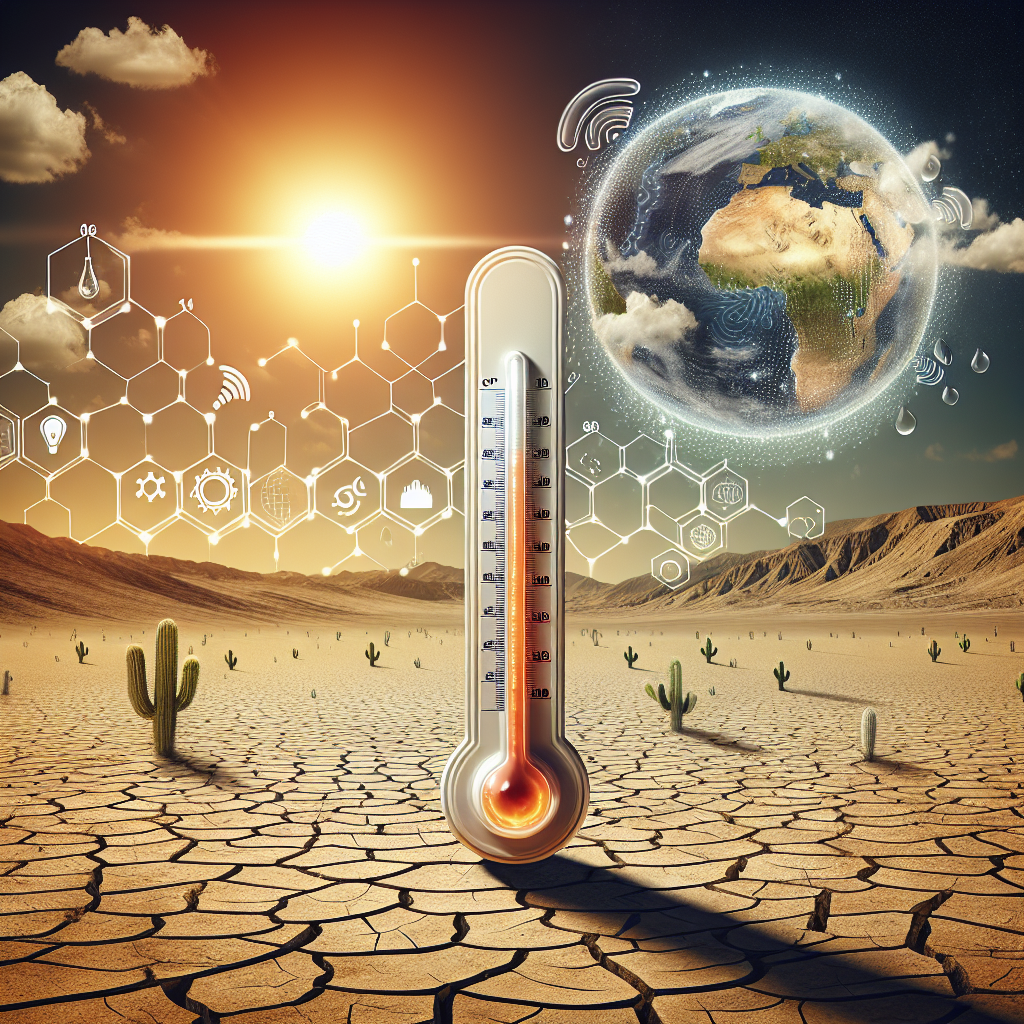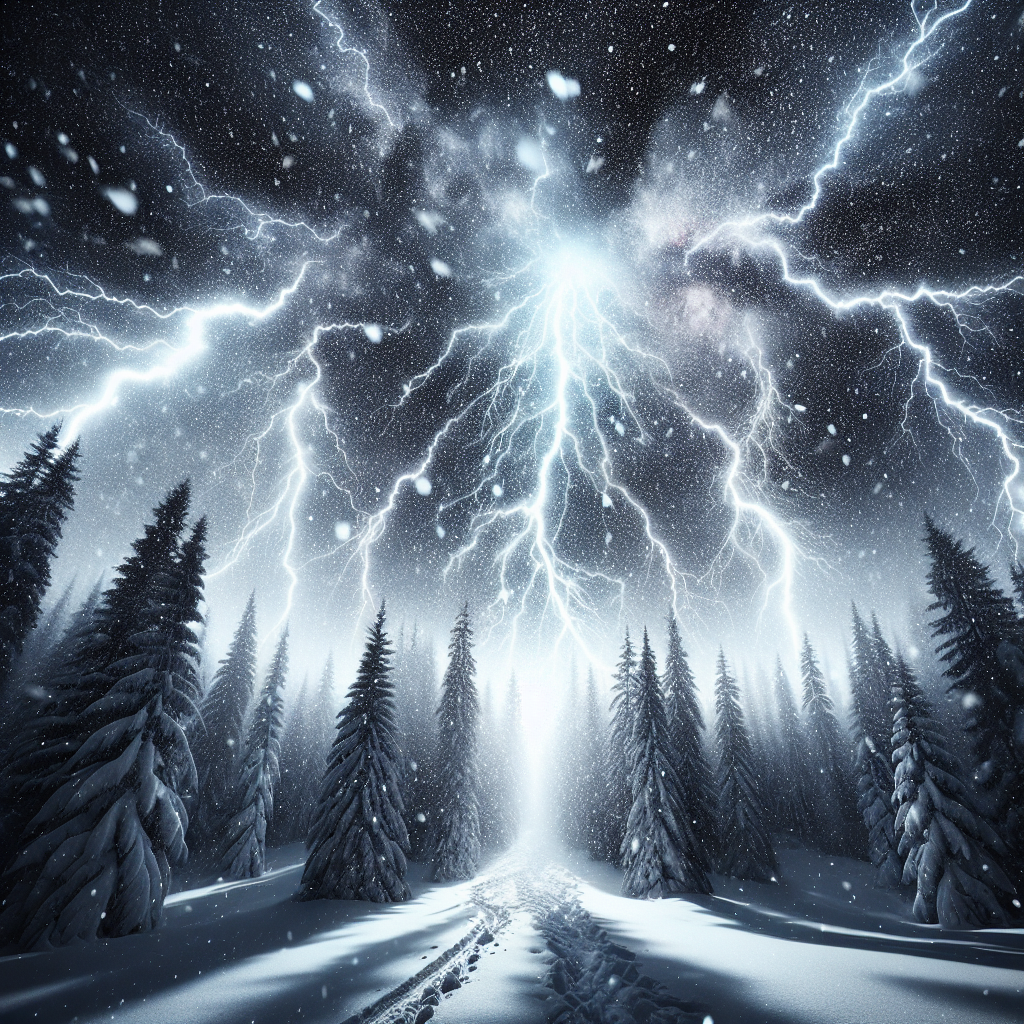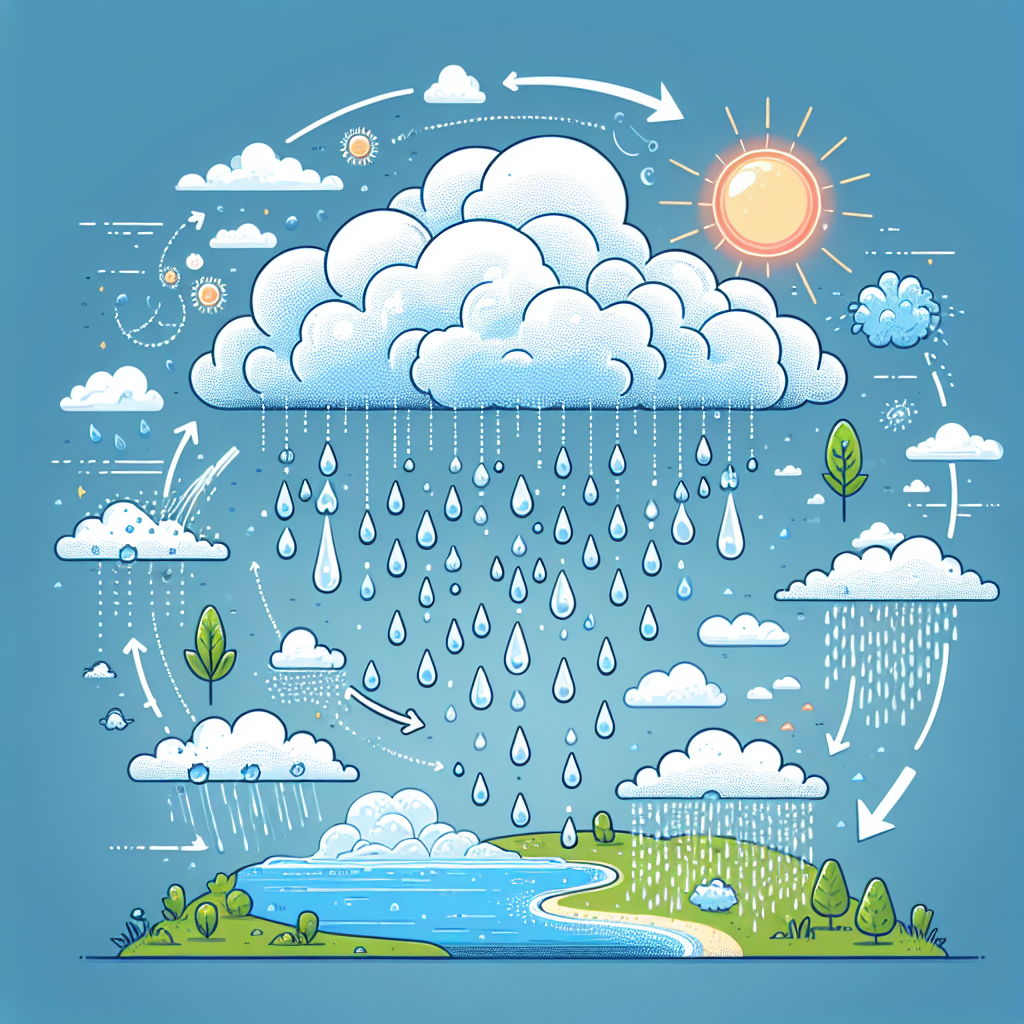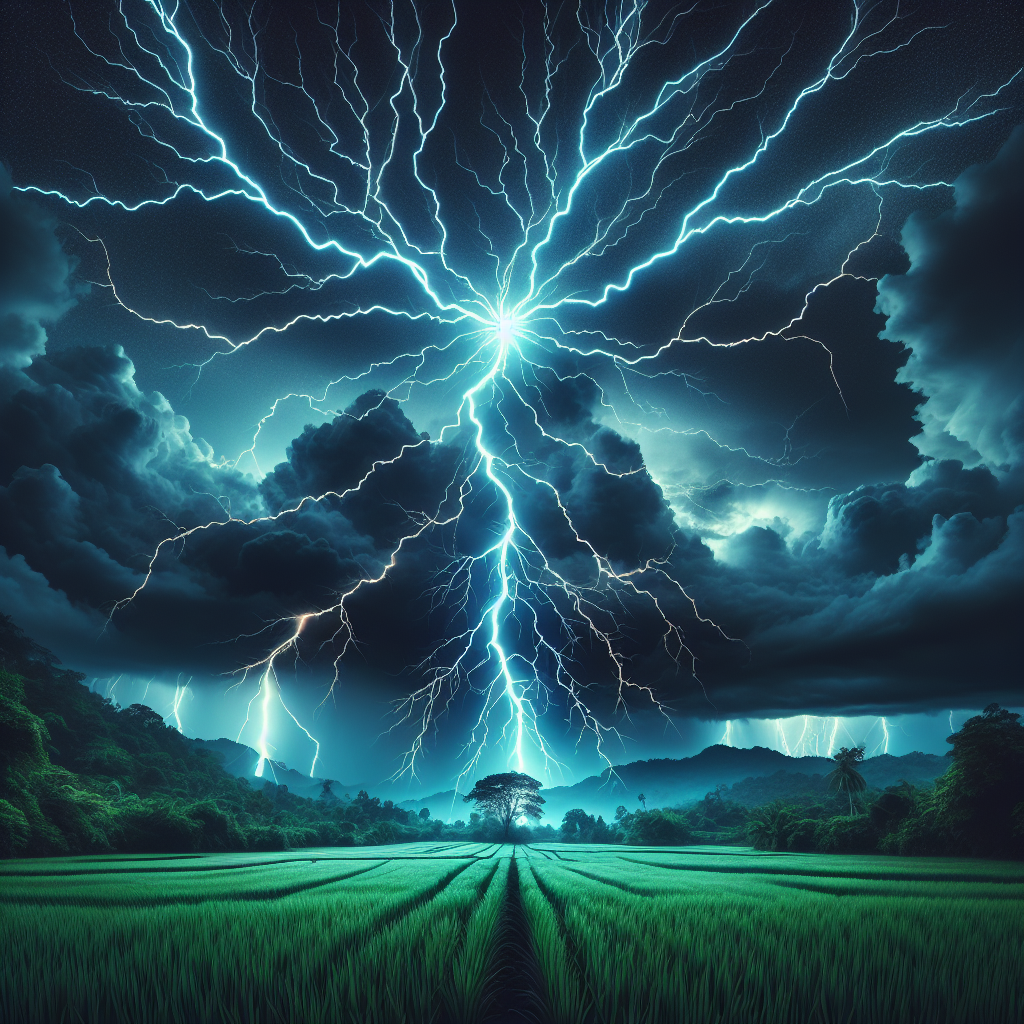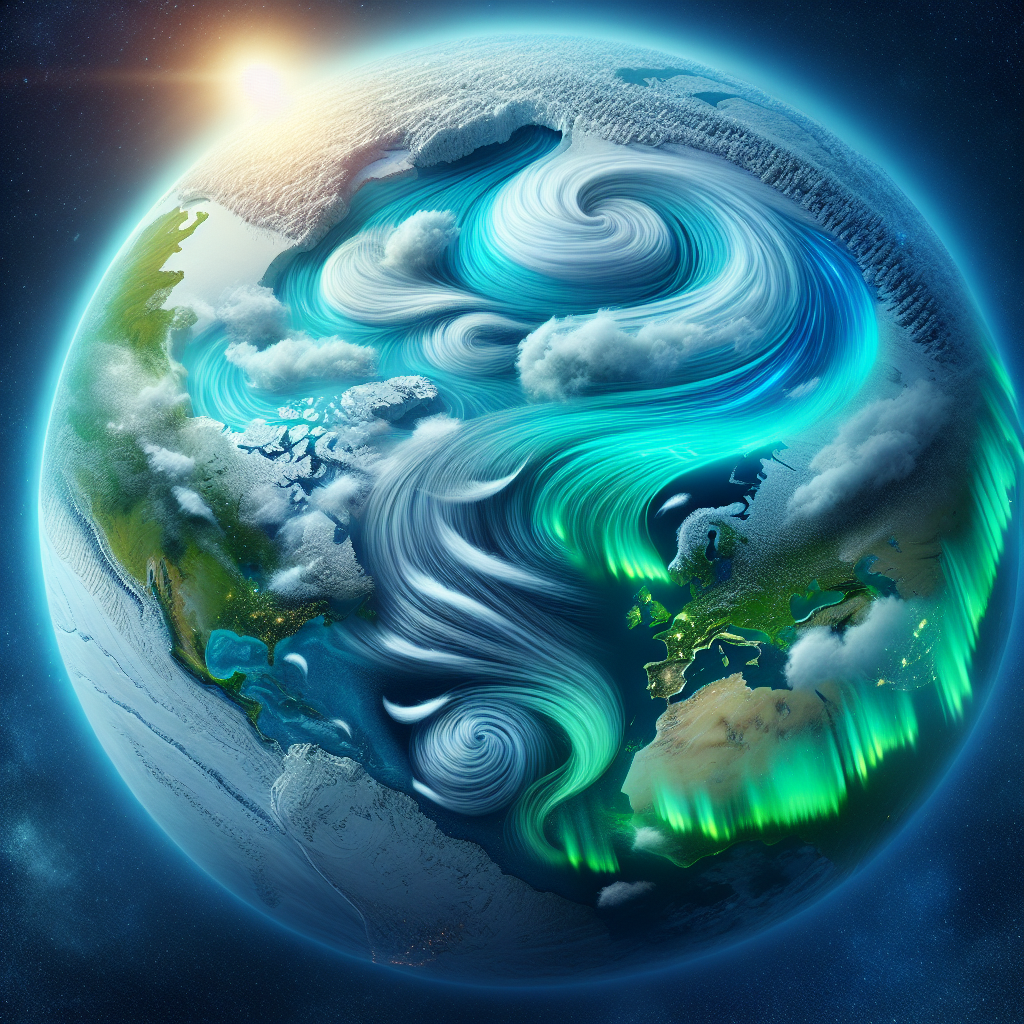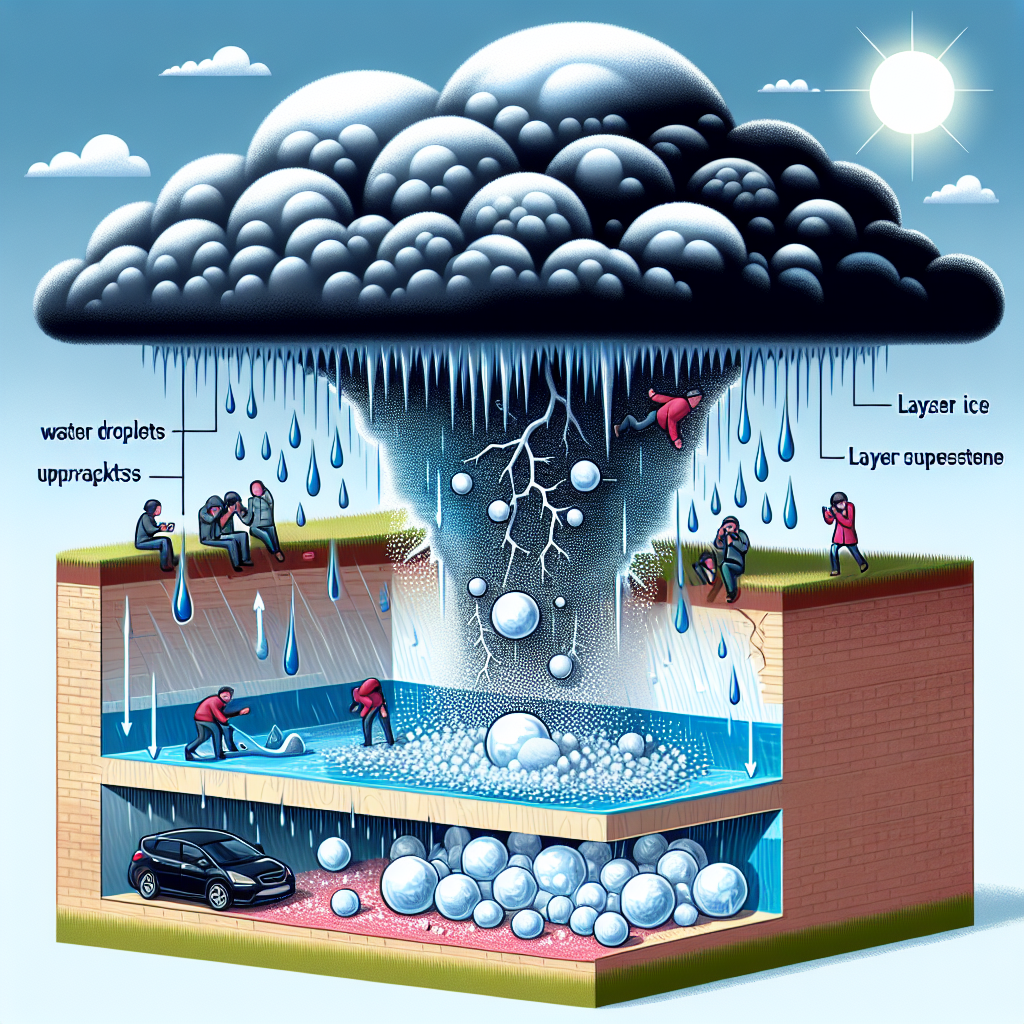When Winter Meets Warmth: The Effects of Winter Thaws
Understanding Winter Thaws
Winter thaws refer to periods during the winter months when temperatures rise above freezing, resulting in a temporary melting of snow and ice. This phenomenon can occur sporadically throughout the winter season, and its implications stretch across various sectors, including ecology, hydrology, urban infrastructure, and public health. The most frequent causes of winter thaws include warm air masses moving into a region, periods of rain, and fluctuations in atmospheric pressure.
Ecological Impacts of Thaws
Seasonal Disruptions
Winter thaws can disrupt the natural rhythms of wildlife hibernation and migration. Species adapted to stable winter conditions may awaken prematurely, leading to mismatches in food availability. For instance, bears might emerge early from their dens, only to find limited food resources, while migratory birds might return before adequate food sources are available, leading to increased mortality rates.
Plant Phenology
The rise in temperatures during winter thaws can trigger earlier bud bursts and flowering in plants. This phenomenon, known as phenological advancement, can harm plants, particularly those not adapted to rapid temperature changes. For instance, sensitive species may experience frost damage when temperatures drop unexpectedly after an early warm spell, affecting long-term survival and growth.
Hydrological Effects
Increased Runoff
One significant effect of winter thaws is increased runoff due to the rapid melting of snow and ice. This can lead to flooding in urban and rural areas. The surge in water can overwhelm drainage systems, cause soil erosion, and damage infrastructure. In many regions, the timing of thaws can be critical as snowmelt often coincides with spring rains, leading to particularly severe flooding scenarios.
Groundwater Recharge
On a positive note, winter thaws can enhance groundwater recharge. When snow and ice melt, water seeps into the soil, replenishing aquifers. This is particularly beneficial in agricultural regions, where adequate groundwater levels are essential for crop irrigation during the growing season.
Urban Challenges
Infrastructure Stress
Urban areas equipped with older infrastructure are particularly vulnerable during winter thaws. The combination of melting snow and ice, coupled with rising temperatures, can lead to unique challenges. Ice can create hazardous driving conditions, while melted water may overwhelm street drainage, leading to localized flooding. Furthermore, freeze-thaw cycles can damage pavements and roads, necessitating costly repairs.
Increased Energy Demand
During these thawing periods, energy consumption patterns can alter. Warmer temperatures may result in decreased heating demands, providing short-term relief to energy consumption; however, this can be offset by increased cooling needs if temperatures rise significantly. Additionally, rapid changes in temperature can strain energy systems as they attempt to adjust to fluctuating demands.
Public Health Considerations
Air Quality Degradation
Winter thaws introduce a mixture of warm and cold air, often resulting in increased air pollution levels. The dynamics can increase particulate matter and other pollutants in the atmosphere, particularly in urban settings. Public health officials may see a rise in respiratory issues as allergens and particulates become stirred into the air, amplifying health risks for vulnerable populations.
Vector-Borne Diseases
Warming temperatures, even in the winter, can lead to expanded ranges for many disease-carrying vectors, such as mosquitoes and ticks. Thaws create milder environments that allow these insects to thrive, enhancing the risk of diseases such as Lyme disease or West Nile virus. This brings about a heightened need for public health education and preventive measures in affected communities.
Climate Change Perspectives
Trends in Thaw Frequency
As global temperatures rise due to climate change, scientists have observed an increase in the frequency and intensity of winter thaws. Regions that used to experience consistent cold periods are now experiencing more frequent warm spells during the winter months. This shift can lead to profound ecological, hydrological, and socio-economic consequences.
Implications for Biodiversity
Changing thaw patterns can result in alterations in species distributions, pushing some species out of their historical ranges while allowing others to thrive. Such dynamics can lead to biodiversity loss and alterations in ecosystem structure. Conservation efforts must adapt to these changes to protect vulnerable species and habitats effectively.
Mitigation Strategies
Urban Planning and Infrastructure Upgrades
Urban planners must create solutions that incorporate the increasing unpredictability of winter weather. Implementing green infrastructure—such as permeable pavements, bioretention areas, and improved drainage systems—can mitigate flooding risks. Additionally, retrofitting existing infrastructure to withstand freeze-thaw cycles can prolong the lifespan of roads and buildings.
Enhancing Public Awareness
Public health campaigns focused on the effects of winter thaws can help communities prepare for vector-borne diseases and air quality issues. Education on the importance of reducing emissions during thaw periods can help improve air quality while also addressing underlying climate change causes.
Conclusion
Winter thaws present a complex interplay of ecological, hydrological, and socio-economic challenges. As the frequency and intensity of these events evolve, understanding their effects becomes increasingly vital for ecosystem management, urban planning, and public health frameworks. Adaptation strategies will be essential to navigate the shifting landscape of our winters, ensuring that our communities remain resilient in the face of changing climatic conditions.

